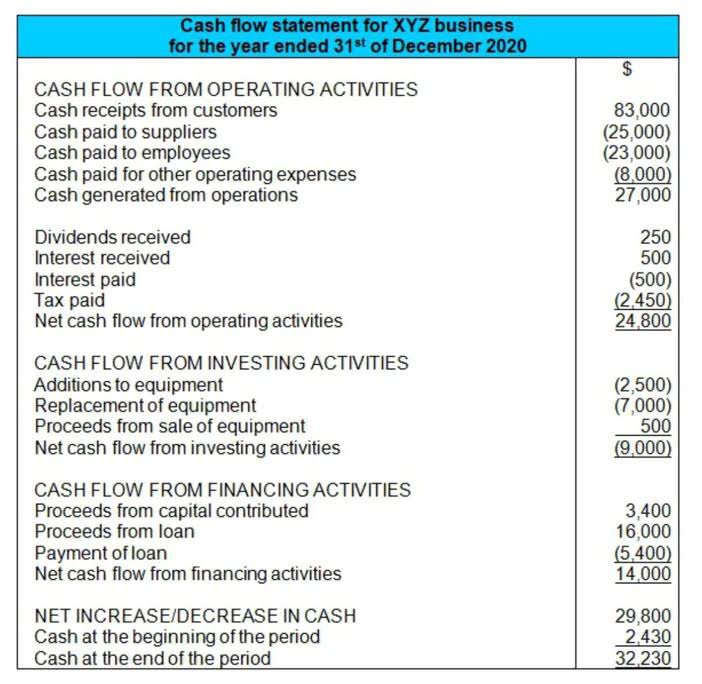
If current assets exceed current liabilities, the business has positive working capital, meaning it can pay its bills and debts, and could reinvest any surplus into the https://www.bookstime.com/ business. The current assets and current liabilities are each recorded on the balance sheet of a company, as illustrated by the 10-Q filing of Alphabet, Inc (Q1-24). The formula to calculate working capital—at its simplest—equals the difference between current assets and current liabilities. This measures the proportion of short-term liquidity compared to current liabilities. The difference between this and the current ratio is in the numerator where the asset side includes only cash, marketable securities, and receivables.
How can the Change in Net Working Capital Calculator benefit investors?
However, there are some costs involved in these hedging transactions, change in net working capital which could affect cash flow. Change in net working capital refers to how a company’s net working capital fluctuates year-over-year. If your net working capital one year was $50,000 and the next year it was $75,000, you would have a positive net working capital change of $25,000. My Accounting Course is a world-class educational resource developed by experts to simplify accounting, finance, & investment analysis topics, so students and professionals can learn and propel their careers. This example shall give us a practical outlook of the concept and its ebbs and flows.
- It is a financial cushion that allows businesses to weather economic downturns, invest in research and development, and seize new opportunities.
- As a result, the company’s net working capital increases, reflecting improved liquidity and financial strength.
- If the Net Working capital increases, we can conclude that the company’s liquidity is increasing.
- The change in NWC is calculated by subtracting the current period NWC balance from the prior period NWC balance.
- Working capital is calculated by taking a company’s current assets and deducting current liabilities.
- The current ratio, also known as the working capital ratio, provides a quick view of a company’s financial health.
- Unlike working capital, it uses different accounts in its calculation and reports the relationship as a percentage rather than a dollar amount.
How to Calculate Net Working Capital (NWC)
The balance sheet organizes assets and liabilities in order of liquidity (i.e. current vs long-term), making it easy to identify and calculate working capital (current assets less current liabilities). You can calculate the current ratio by taking current assets and dividing that figure by current liabilities. Generally, the higher the ratio, the better an indicator of a company’s ability to pay short-term liabilities. This value can be positive or negative, depending on the condition of the business. If it is positive, implying more of assets than liabilities, it is good for the company, since it has more funds to pay off its current debts. Working capital is also important if you are trying to woo an investor or get approved for a small business loan.

HighRadius Named an IDC MarketScape Leader for the Second Time in a Row For AR
The Change in Net Working Capital (NWC) Calculator is a financial tool designed to help businesses and financial analysts track changes in a company’s short-term liquidity position. Net Working Capital represents the difference between a company’s current assets and current liabilities. This difference indicates the company’s ability to meet its short-term obligations with its short-term assets. The net working capital (NWC) calculation only includes operating current assets like accounts receivable (A/R) and inventory, as well as operating current liabilities such as accounts payable and accrued expenses. Working capital is the difference between a company’s current assets and current liabilities. Working capital is calculated by subtracting current liabilities from current assets.

The company has a claim or right to receive the financial benefit, and calculating working capital poses the hypothetical situation of liquidating all items below into cash. The amount of working capital needed varies by industry, company size, and risk profile. Industries with longer production cycles require higher working capital due to slower inventory turnover. Alternatively, bigger retail companies interacting with numerous customers daily, can generate short-term funds quickly and often need lower working capital. A company’s growth rate can affect its change in net working capital requirements. As the company grows, it may need to invest more in its working capital to support increased production or inventory levels, resulting in a higher net working capital requirement.
What is Negative Net Working Capital?
If it experiences a negative change, on retained earnings the other hand, it can indicate that your company is struggling to meet its short-term obligations. A company’s balance sheet contains all working capital components, though it may not need all the elements discussed below. For example, a service company that doesn’t carry inventory will simply not factor inventory into its working capital calculation. To calculate working capital, subtract a company’s current liabilities from its current assets. Both figures can be found in public companies’ publicly disclosed financial statements, though this information may not be readily available for private companies. Changes in net working capital can have significant implications for a company’s financial health.
- The risk is that when working capital is sufficiently mismanaged, seeking last-minute sources of liquidity may be costly, deleterious to the business, or, in the worst-case scenario, undoable.
- In this case, the retailer may draw on their revolver, tap other debt, or even be forced to liquidate assets.
- In this blog, we will dive into net working capital, learn how to calculate it correctly, and see why it’s crucial for a company’s financial well-being.
- However, a short period of negative working capital may not be an issue depending on the company’s stage in its business life cycle and its ability to generate cash quickly.
- For example, a small business manufacturer of building materials wants to know how the business will hold up in an uncertain market.
- This revenue is considered a liability until the products are shipped to the client.
Change in Net Working Capital Formula (NWC)

Since Paula’s current assets exceed her current liabilities her WC is positive. This means that Paula can pay all of her current liabilities using only current assets. In other words, her store is very liquid and financially sound in the short-term. She can use this extra liquidity to grow the business or branch out into additional apparel niches.
- Conversely, negative working capital indicates potential cash flow problems, which might require creative financial solutions to meet obligations.
- Negative NWC suggests potential liquidity issues, requiring more external financing.
- This difference indicates the company’s ability to meet its short-term obligations with its short-term assets.
- The net working capital (NWC) metric is a measure of liquidity that helps determine whether a company can pay off its current liabilities with its current assets on hand.
- The above steps are commonly used by the management and stakeholders to calculate the value of net working capital equation.
Accounting software
Finally, you subtract any other financial obligations considered liabilities, such as employee wages, interest payments, and short-term loans that will come due within the next year. In our example, if these expenses amount to $1.075 million, subtract this from the $1.48 million, resulting in a net working capital of $405,000. Fluctuations may result from changes in inventory levels, accounts receivable/payable, operating expenses, or investment in fixed assets. In the dynamic landscape of finance, understanding the fluctuations in net working capital is crucial for businesses. Enter the Change in Net Working Capital Calculator, a tool designed to decode the shifts in a company’s liquidity.


